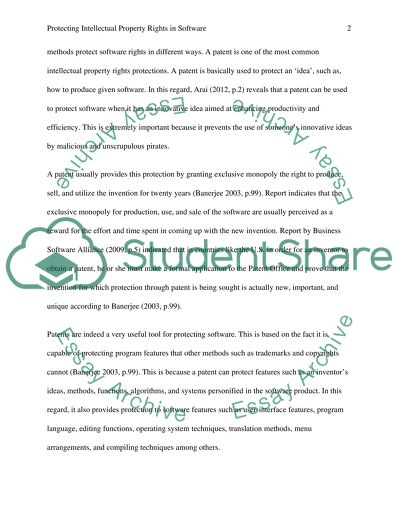Cite this document
(“Protecting intellectual property rights in software Assignment”, n.d.)
Protecting intellectual property rights in software Assignment. Retrieved from https://studentshare.org/information-technology/1472517-protecting-intellectual-property-rights-in
Protecting intellectual property rights in software Assignment. Retrieved from https://studentshare.org/information-technology/1472517-protecting-intellectual-property-rights-in
(Protecting Intellectual Property Rights in Software Assignment)
Protecting Intellectual Property Rights in Software Assignment. https://studentshare.org/information-technology/1472517-protecting-intellectual-property-rights-in.
Protecting Intellectual Property Rights in Software Assignment. https://studentshare.org/information-technology/1472517-protecting-intellectual-property-rights-in.
“Protecting Intellectual Property Rights in Software Assignment”, n.d. https://studentshare.org/information-technology/1472517-protecting-intellectual-property-rights-in.


